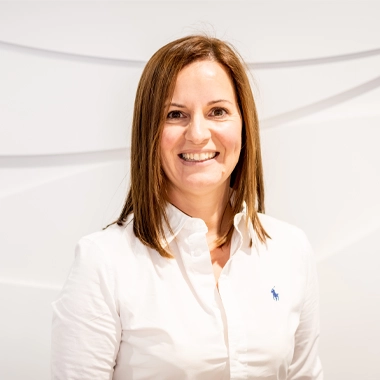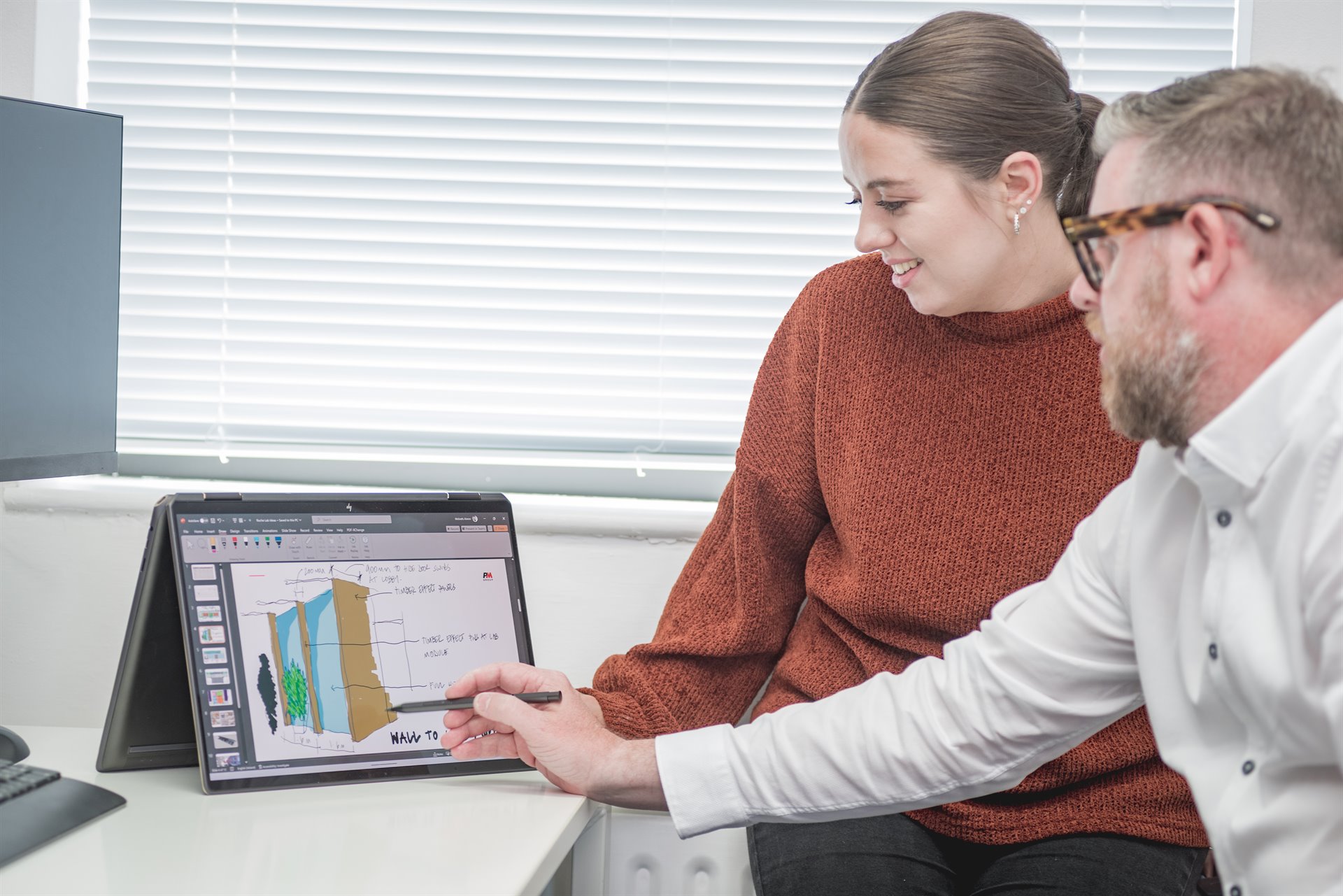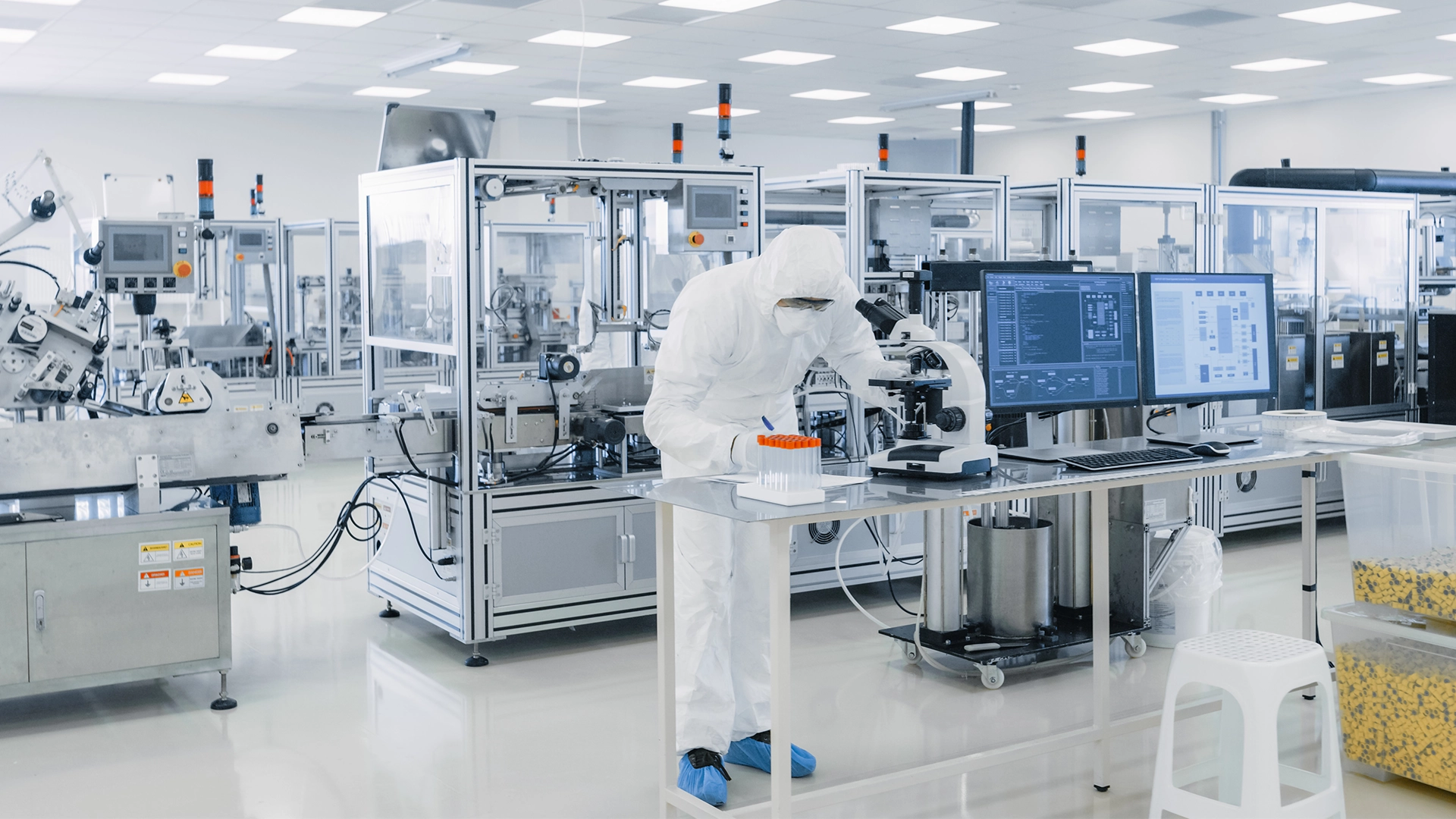We will need to adapt manufacturing environments to adopt a new set of best practices.
Arantxa's current challenge is working out the best way to create the right environments to meet current and future practices in the manufacture of CGT. An example of this is working out how best to bridge the gap between the design of autologous (one cell, one patient)
and allogeneic (one cell, many patients) manufacturing buildings. Think of Arantxa as an enabler, a creator of process buildings that will help the cell therapy industry to move to allogenic manufacturing.
Benefits
“There are bottlenecks in the way right now and CGTs are struggling to produce at the scale of traditional biologics,” says Arantxa. “Moving to allogenic therapy is obviously beneficial because the cost of autologous therapies is really prohibitive."
"Currently autologous treatments are widely used for very ill patients. But the picture changes as clients move to allogeneic manufacturing"
Key challenges
One of the big difficulties in scaling up for allogenic treatment is the absence of automated inspection equipment used in traditional biologics. The biologics industry has developed a wide library of reference samples to check for defects, which is vital for quality
control. “However, with CGT, that library hasn’t built up yet," says Arantxa. "Another challenge is that with CGT, you can’t sterile filter the product (the cells). As a result, the product being inspected might not be a clear sample - it might have impurities - so needs to be
subject to a slower manual inspection process. We can expect that both these areas will evolve very quickly and the building will need to be able to adjust to the change.”


"There are also market-specific differences to deal with. Every region has different rules and regulations. These need to be considered in our designs along with the markets they serve and the location of the facility.”
Arantxa Lera
Principal Architect and CGT Expert
Evolving processes
“In the early stages of the process, cells might be handled in open manipulations with potential exposure to the environment. For this reason, our designs have to conform to high environmental controls and standards. The more control and cleanliness requirements, the more additional space will be required along with gowning facilities and so on,” says Arantxa.
Because of this, clients are looking to move to greater use of close manipulation processes. “The big challenge is that as these products and processes are still being developed, we need to design facilities that can adapt in the future.”
Safety and quality
Arantxa’s work is not just about designing a space for the scientists and engineers to work in. “There are some challenging safety and quality issues, such as maintaining the classification and particle count of the room, tracing the product and creating adequate people and material flows in highly populated buildings.”
What has become important is using sophisticated simulation software to work out where people and processes flow and how they can be deployed safely. Track and trace (chain of identity) automation systems are also critical and need to be integrated in the facility design.

SMART manufacturing and digital tools
There is help at hand in using SMART manufacturing and digital design tools, says Arantxa. “Key to this is how to incorporate automation and robotics. Robots are not yet commonly used in CGT and the processes are still evolving. However, building users such as quality control labs, require the use of a lot of resources and space.
In some cases, quality control could take up half the footprint of your manufacturing facility,” says Arantxa. In the future, robots could reduce these requirements substantially. The same could be applied to the logistics areas.


"We also need to start thinking about the modular design of buildings. This will allow the building to transform as needs evolve.”
Arantxa Lera
Principal Architect and CGT Expert
Flexible design
Moving from autologous to allogenic buildings is desired and to enable this Arantxa says there is one magic word that will help - flexibility. “Flexibility costs space and money but I think that the traditional triangle of cost, quality and time needs this other dimension."
We also need to start thinking about the modular design of buildings. This will allow the building to transform as needs evolve.








